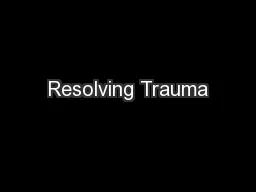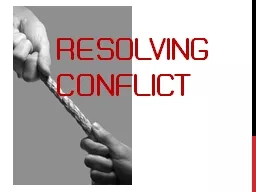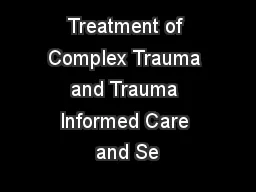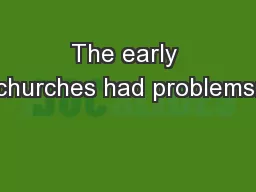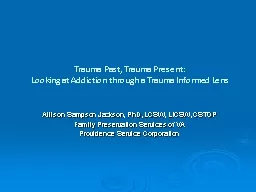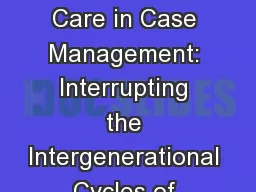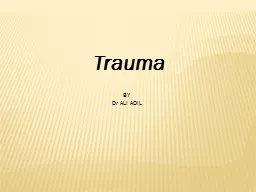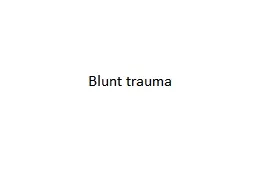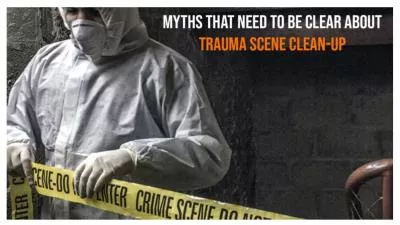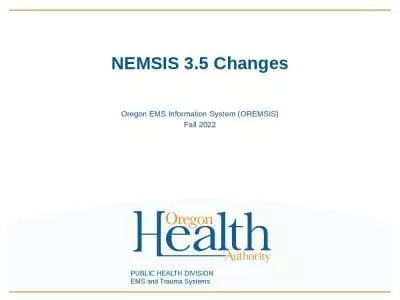PPT-Resolving Trauma
Author : phoebe-click | Published Date : 2016-07-03
Without Drama Bill O Hanlon MS LMFT Possibilities Santa Fe NM USA Billbillohanloncom wwwbillohanloncom Good News about PTSD We are finally recognizing it Bad
Presentation Embed Code
Download Presentation
Download Presentation The PPT/PDF document "Resolving Trauma" is the property of its rightful owner. Permission is granted to download and print the materials on this website for personal, non-commercial use only, and to display it on your personal computer provided you do not modify the materials and that you retain all copyright notices contained in the materials. By downloading content from our website, you accept the terms of this agreement.
Resolving Trauma: Transcript
Download Rules Of Document
"Resolving Trauma"The content belongs to its owner. You may download and print it for personal use, without modification, and keep all copyright notices. By downloading, you agree to these terms.
Related Documents

